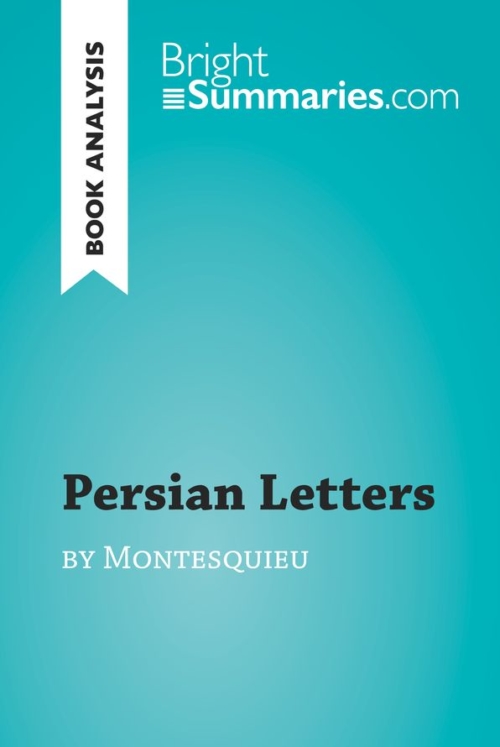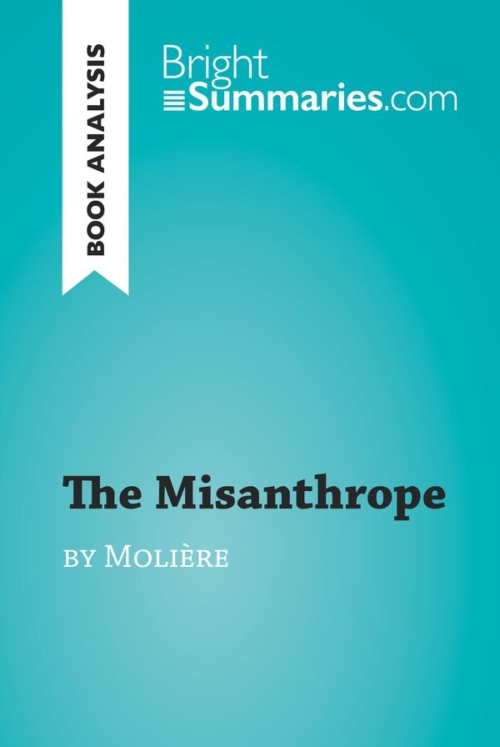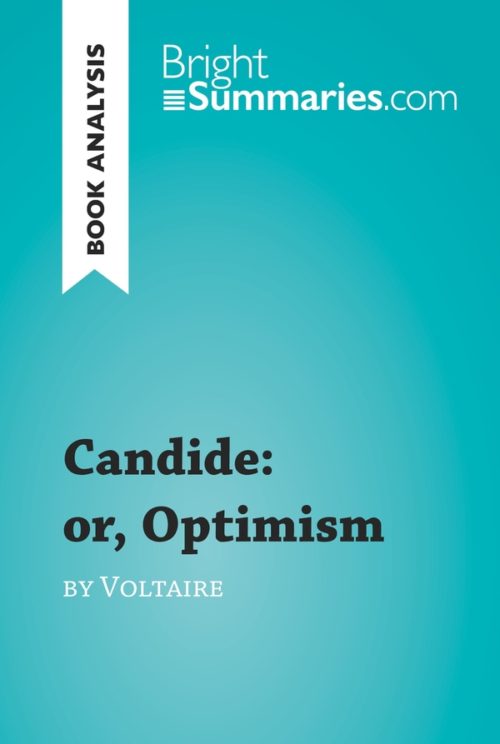The Barber of Seville by Beaumarchais (Book Analysis)
The Barber of Seville by Beaumarchais (Book Analysis)
Detailed Summary, Analysis and Reading Guide
Read more
This practical and insightful reading guide offers a complete summary and analysis of The Barber of Seville by Beaumarchais. It provides a thorough exploration of the play’s plot, characters and main themes, including comedy, social criticism and the ideals of the Age of Enlightenment. The clear and concise style makes for easy understanding, providing the perfect opportunity to improve your literary knowledge in no time.
This clear and detailed 58-page reading guide is structured as follows:
- Biography of Beaumarchais
- Presentation of The Barber of Seville
- Summary of The Barber of Seville
- Character study
- Count Almaviva
- Figaro
- Rosine
- Don Bartholo
- Don Bazile
- Analysis of The Barber of Seville
- A blend of tradition and innovation
- The art of comedy
- The play’s title
- The inspiration for The Barber of Seville
- The Age of Enlightenment
- Criticism of power and those who abuse it
About The Barber of Seville
The Barber of Seville is one of the best-known works by the French polymath Pierre-Augustin Caron, better known as Beaumarchais. It is a romantic comedy, and focuses on the relationship between Count Almaviva and Rosine, who are kept apart by Rosine’s cruel guardian, Don Bartholo. These two lovers will need to enlist the help of Figaro, Don Bartholo’s barber, in order to outwit him and find a way to be together… The Barber of Seville was first performed in 1775, after initially falling victim to censorship. It also inspired the opera Il Barbiere di Siviglia (1816) by the Italian composer Gioachino Rossini (1792-1868).
About Beaumarchais
Beaumarchais was born Pierre-Augustin Caron in 1732. The name by which he is best known today is believed to be derived from the name of an area of land that belonged to his first wife, “le Bois Marchais”. Beaumarchais flitted between an extraordinary number of careers over the course of his life: he initially followed in his father’s footsteps as a master watchmaker, before acting as a music tutor for the King’s daughters, then taking on a number of political positions and supporting both the French and American revolutions. However, today he is best known for his plays, particularly the Figaro trilogy (The Barber of Seville, 1775; The Marriage of Figaro, 1784; and The Guilty Mother, 1792).
Product details
| ISBN | 9782808010665 |
|---|---|
| Publisher | Plurilingua Publishing |
| Collection | BrightSummaries.com |
| Format | |
| Pages | 58 |
| File size | 2.2 MB |







